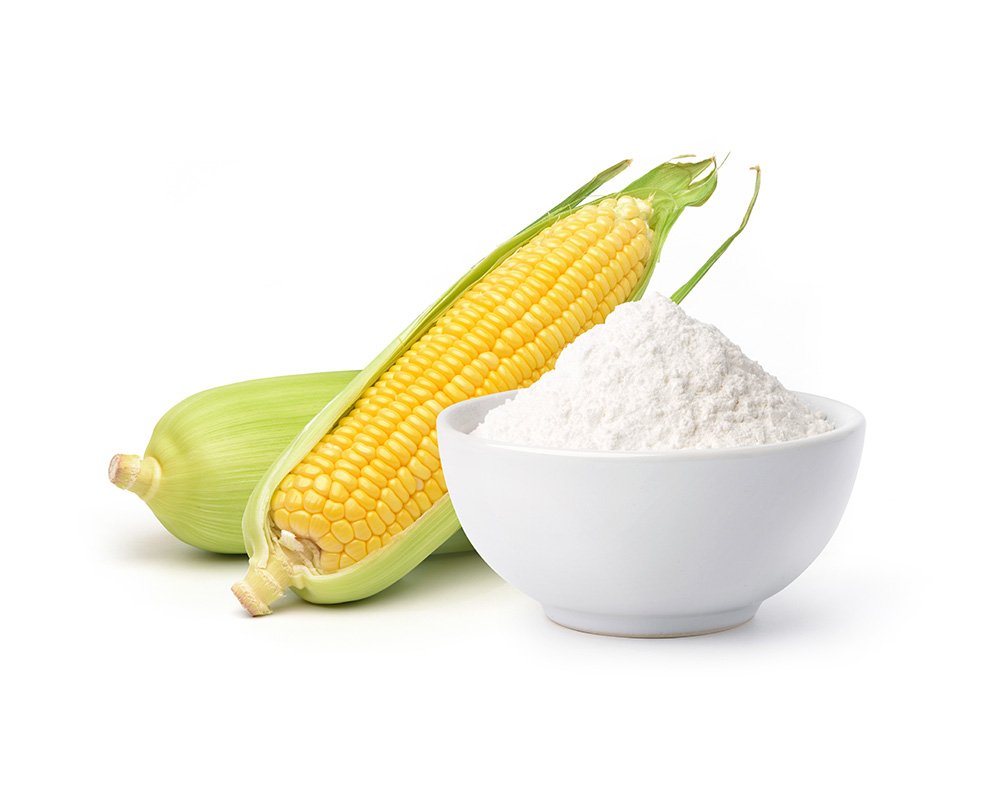Modified Maize Starches

Modified maize starch is derived from natural corn starch through various chemical or physical processes that enhance its functionality. This fine, white powder retains the versatility of native maize starch but offers improved thickening, stability, and texture for a wide range of applications.
In the culinary world, modified maize starch is commonly used to thicken sauces, soups, and desserts, providing consistent results even under varying temperatures and conditions. It is particularly valued in processed foods for its ability to maintain texture and prevent separation.
Beyond food, modified maize starch is also utilized in pharmaceuticals and cosmetics, where it acts as a binder, stabilizer, and emulsifier. Its unique properties make it an essential ingredient in many everyday products, contributing to both performance and quality.
It is used in Sauces, Ketchup, Dips, Mayonnaise, Low Fat Mayonnaise, Savory applications, Coated nuts, Beverages, Instant whipping cream, Cheese, Fillings, ice cream cones, Waffles, Compressed tablets, Bread, Pizzas, Meats, Gravies, Biodegradable plastics, Adhesives, and Textiles.
Products
White Dextrin
Dextrin is partially hydrolyzed starch, modified by heating in a dry state, with mineral acids as a catalyst under controlled conditions to achieve the desired level of coldwater solubility. Textile industry, Food and Pharmaceutical Industry, fireworks, dye stuff and printing, glass fiber industry, insecticides, briquettes paint and distemper etc
Oxidized Starch
Cationic Starch
Cationic starch is a modified starch. The cationic starches mainly used as wet-end starch. Wet end additives in paper making. It helps in improvement of mechanical strength; better retention of fines and fillers; faster drainage; reduction of waste water pollution
Pregel Starch
Pre-gelatinization gives native and stabilized starches the ability to form a cold water paste. They develop viscosity without the need for heat which means that the food manufacturer does not need to pre-cook the starch. Used as a binder and disintegration agent during tablet manufacturing in the pharmaceuticals industries
Spray Starch
The effect of starch in the wet end is to retard fibres and fines, drainage aid, to enhance the internal sheet strength and the reduction of waste water pollution. In surface sizing, it binds vessel segments and loose fibers for strength, stiffness, and print quality. In coating, it binds fine pigments, enhancing smoothness and gloss for high quality printing. Shows excellent strength properties under a variety of Kraft paper/board paper machines and paper making conditions.
Thin Boiled Starch
Thin boiling starch is a modified starch formulation with controlled viscosity and extra strong film properties. It helps in improving wax pick, gloss smoothness of paper by forming strong and flexible film on Fiber Acts as “wet end additive” for increasing the strength of the sheet. It uses in surface sizing improving bursting, folding endurance and tensile strength supplementing the beating operations.